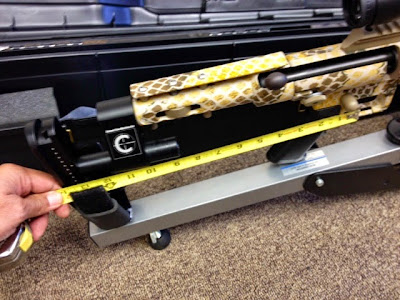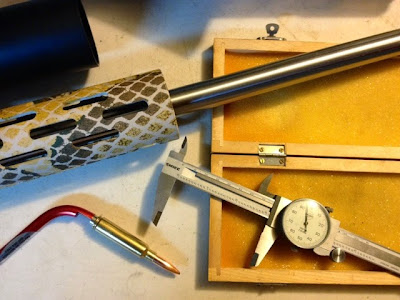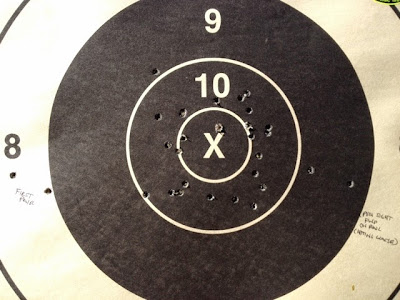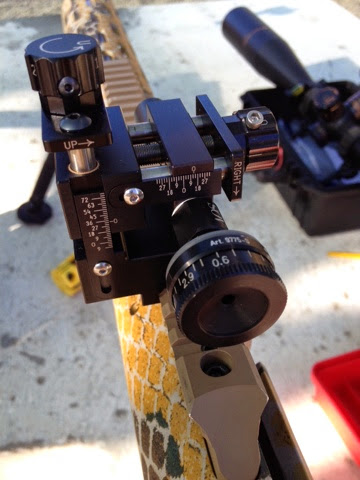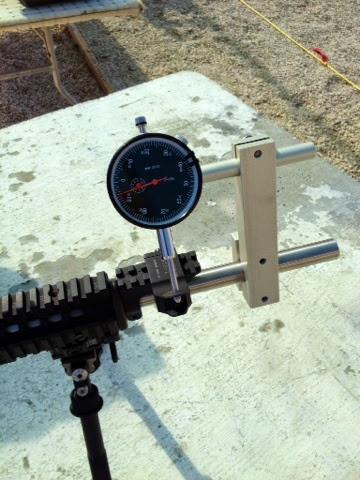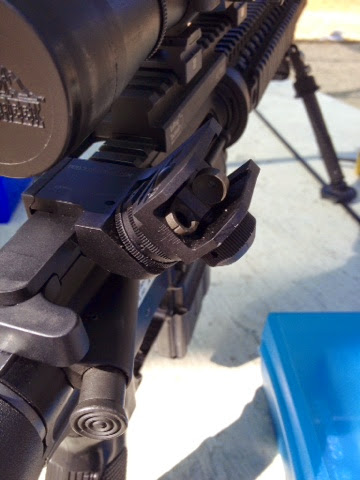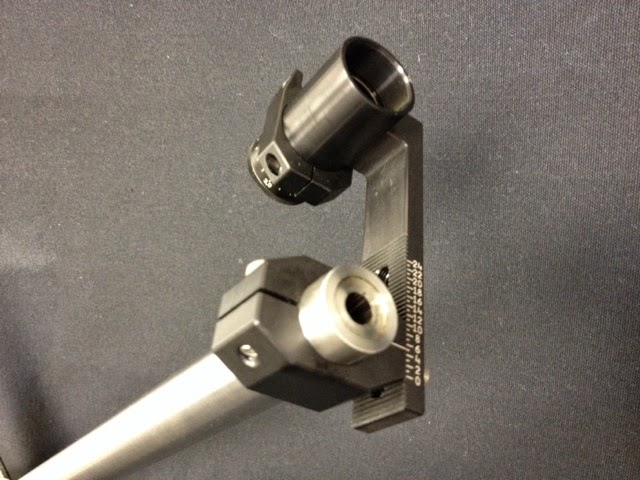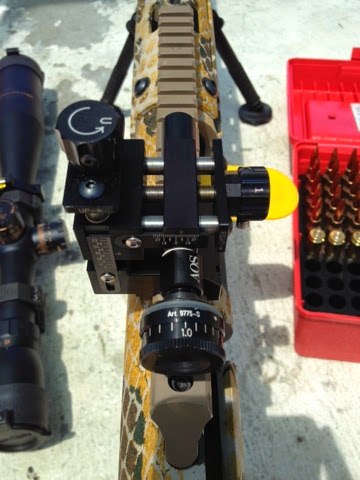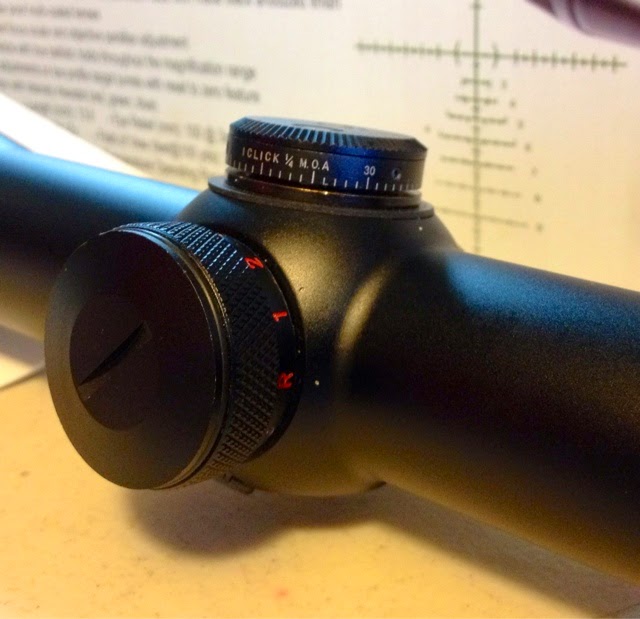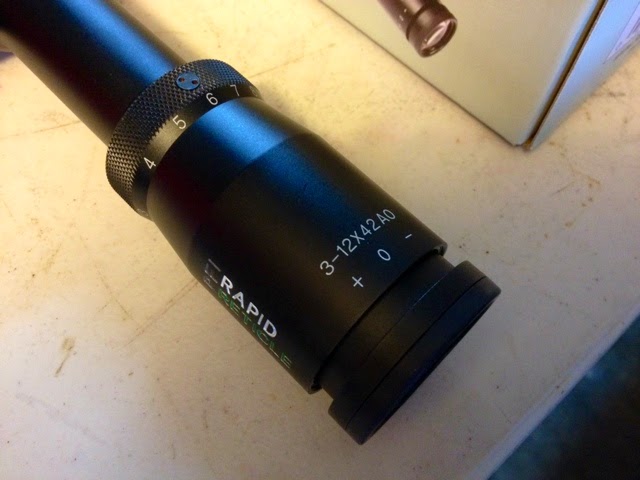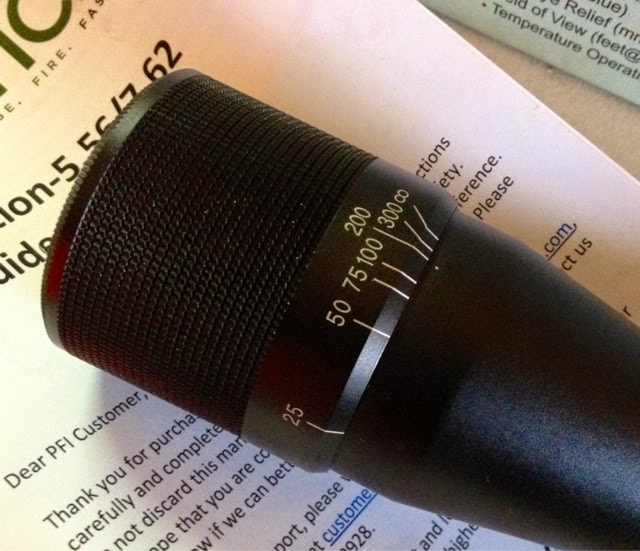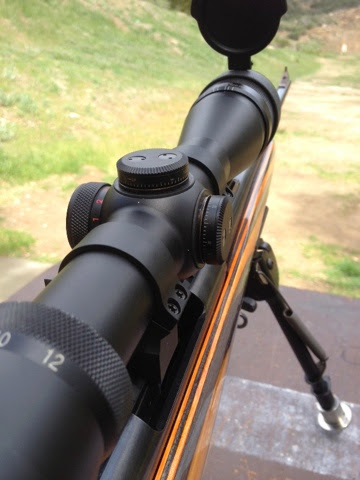http://www.huffingtonpost.com/dennis-santiago/guns-in-america-why-i-thi_b_5628403.html
On Thursday, July 24, 2014, Judge Frederick J. Scullin, Jr. issued a Summary Judgment Order affirming that the 2nd Amendment confers a right to "bear arms" outside the home. The order was nothing short of devastating to the District of Columbia which has been resisting and delaying compliance with legal decisions on this issue for many years. The order was plain. The government and police of the District of Columbia were told to cease and desist from enforcing all laws regarding carrying weapons until such time that an acceptable and constitutionally compliant set of laws providing for the carrying of weapons outside the home for D.C. residents and non-residents are put into place. That's a hammer blow in magnitude rarely seen and it's a wake-up call to other jurisdictions resisting similar decisions on other parts of the country.
There is little doubt that D.C. was hit particularly hard in this instance because they've been so hard headed. What is interesting if one reads the decision is how much Judge Scullin references another case on the other side of the country as part of the legal argument underpinning the judgment. This case is Peruta vs. San Diego where the 9th Circuit Court of Appeals also handed down a decision saying that arbitrary government laws that deny citizens access to constitutional rights does not fly. That decision also stands today but remains stayed because of legal maneuvering by the office of the Attorney General of California - who was not a party to the original case - requesting a legal second opinion from the federal courts and advising all counties and cities not to comply with the 9th Circuit's legal order. It's an ode to the desires of urban California gun control advocates crying for the power of local control to abrogate Constitutional rights. That's a hope given this D.C. decision that grows ever dimmer by the moment. American citizens have inalienable rights and the courts clearly are establishing a pattern of constraining "local" governments from trampling on them.
So here's the strategic dilemma I believe Kamala Harris faces this week. Does the Attorney General wish to continue down the path of resisting what looks more and more inevitable? Is it in the best interest of California to possibly be the source of a future "hammer blow" decision that will affect not just this state but all of the other states in the 9th District? That probably won't fly too well with the other Governors or the citizens of those states.
I respectfully suggest that Attorney General Harris begin the process of counseling the "D.C. like" jurisdictions of California to start to adapt to the court order issued by the 9th Circuit Court of Appeals in the Peruta case. Adaptations will need to be made. Licensing systems need to be updated. Training and skills requirements need to be standardized. Peace Officer Standards Training (POST) for dealing with a more broadly armed populace need to be updated particularly in those "local" jurisdictions that are the most resistive. Public awareness and nervousness about firearms need to be dealt with some sort of operationally constructive - as opposed to fearful - educational campaign. And all of this needs to be done in a fashion much more organized than waking up on a Saturday morning to the news that you've just gotten a whammy of a court order to cease enforcing laws on your books until you get back in line. Because, you know what, it just happened.
This isn't a bad thing. I've written blog posts in the past pondering the puts and takes of "Stand Your Ground" and exploring alternative means of managing down gun violence based on improving the partnership environment between government and gun owners. The bottom line is that there are many ways to managing crime, accidents and other aspect of this issue that do not revolve around blanket bans on firearms and the diminishment of firearms skills in the general population into historical footnotes. It certainly never worked in the District of Columbia and it's been working even less well in places like Chicago; another place that is resisting a federal court order and likely working its way one of its own hammer blow moments.
So I've been pondering how to explain this in everyday language all weekend. What's the message here? What are these court decisions actually saying to America? And I came up with this,
"Mom you can't nanny your children forever. You can't demand that they stay babies. Somewhere along the way it's time to let Americans grow up and deal with the risks of the real world with all of the tools they need and the demands to be responsible that go along with them. Do not fret. They will make you proud of them, these Americans, if you just let them."
This article was on Yahoo's main page link list later in the day on July 29, 014.
 |
| A rare appearance. |


